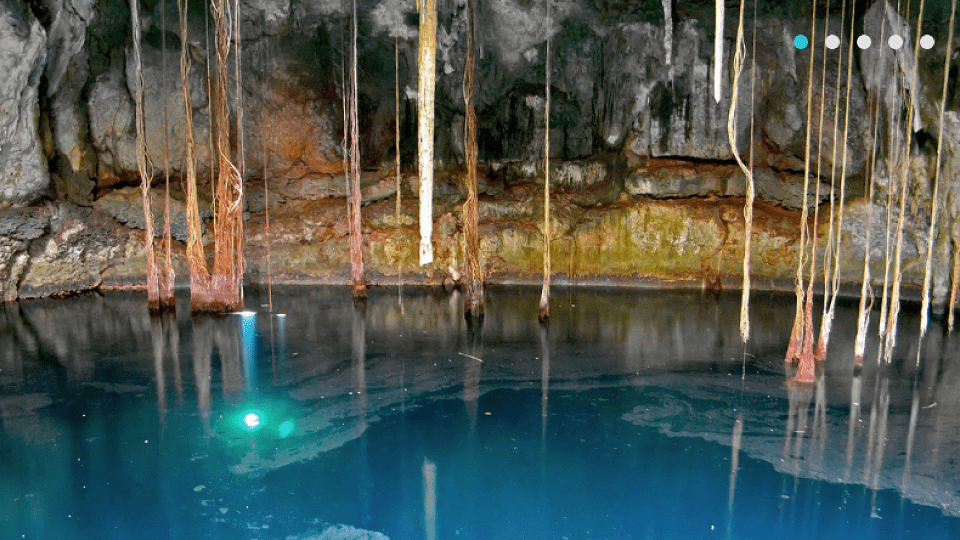Scientists from the Water Sciences Unit of the Yucatán Scientific Research Center (CICY) detected the presence of microplastics in bodies of water and aquatic ecosystems of the Yucatán Peninsula.
Dr. Gilberto Acosta González, a researcher attached to the Water Sciences Unit (UCIA), revealed preliminary results that show the presence of between 1 to 250 microplastic particles per liter of water in wells and cenotes on the peninsula, according to a bulletin of the CICY.
These tiny plastic fragments pose a threat to the food chain of aquatic ecosystems, and they can introduce harmful chemicals, such as heavy metals, with potential consequences for human health.
Likewise, Acosta González underlined the importance of coastal and marine ecosystems on the peninsula, highlighting their role in food, the economy, and tourism, as well as their contribution to protection against natural disasters, such as hurricanes.
He emphasized that, worldwide, approximately 8 million tons of plastics enter the sea annually, generating a considerable amount of microplastics. These can be primary, created in micro size for personal care products, or secondary, formed by the fragmentation of larger plastics.
The researcher warned about the presence of plastic particles in living organisms, including humans, with findings in the lungs, colon, and blood. He stressed the need for future studies to understand the real impact of microplastics on human health.
As measures to address this problem, Acosta González proposed reducing plastic consumption, avoiding products with microplastics and synthetic textiles, as well as informing society about the impact of microplastics, and encouraging participation in initiatives to clean beaches and bodies of water. local.
Microplastics represent a serious threat to the environment and human health. In the environment, microplastics contaminate the soil, water, and air, affecting terrestrial and aquatic ecosystems. They can be ingested by fauna and flora, altering the food chain and generating negative impacts. Additionally, there is concern about food contamination, as microplastics are found in products such as seafood, salt, and bottled water.
TYT Newsroom



